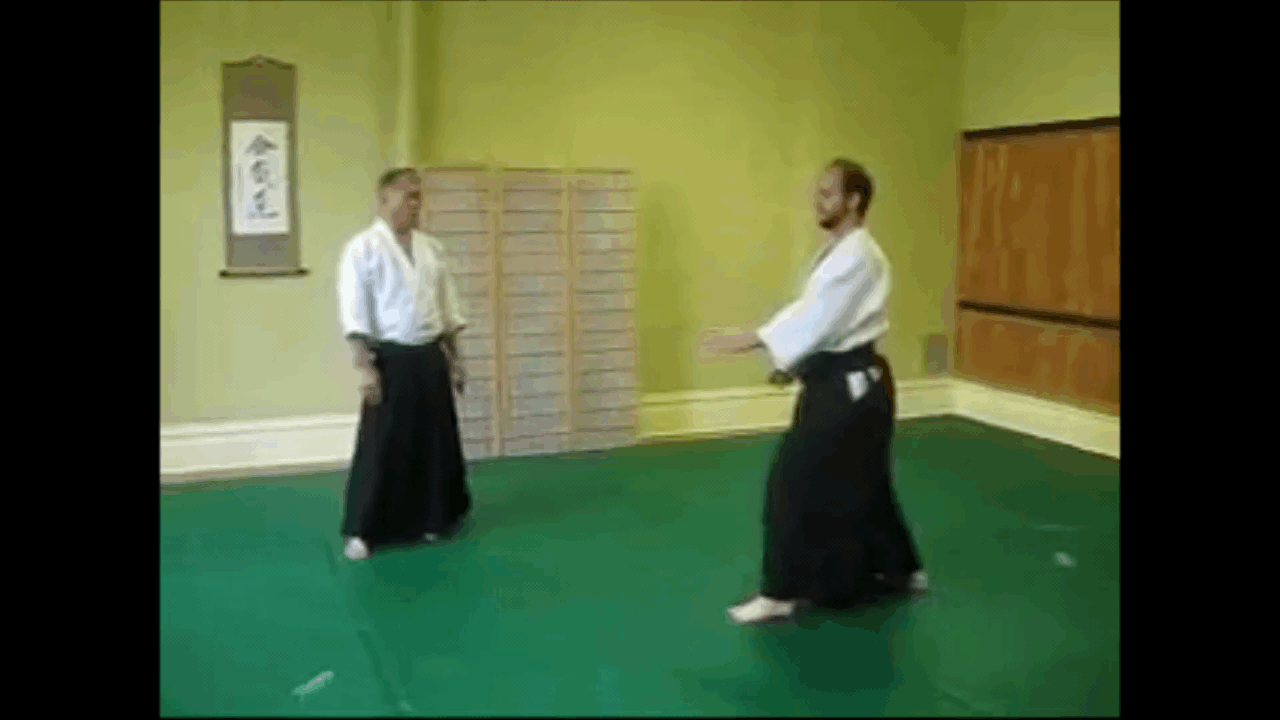isshinryuronin
Senior Master
It's not smart to try to directly grab an incoming punch. You must first get some control of the arm. Here are a few ways to do this:
1. block the punch hard with technique to cause some trauma to the tendons and cause pain to disrupt the opponent, then grab
2. sidestep the punch, deflect while keeping contact with the arm, strike with the other hand (or kick) to vulnerable target to disrupt, then set the grab - you can also deflect with one hand, then strike with that same hand as your other hand takes over contact and sets the grab.
3. move in to intercept the punch early (which also causes some disruption) as kung fu Wang has suggested, wrap the arm, then set the grab.
In all the above it's important to quickly flow from one step to the next. The grab may have to wait for 3 or 4 moves before you can get in a good position. The opponent must be disrupted and have his arm controlled to some extent for a grab to realistically be set while dynamically fighting.
Of course, counter grabs are easier, since by grabbing you the opponent has basically immobilized his own arm. Still, it's good to pin his hand and get a quick shot in before the grab. Most importantly, a grab by itself is nothing - it must be immediately put to use.
1. block the punch hard with technique to cause some trauma to the tendons and cause pain to disrupt the opponent, then grab
2. sidestep the punch, deflect while keeping contact with the arm, strike with the other hand (or kick) to vulnerable target to disrupt, then set the grab - you can also deflect with one hand, then strike with that same hand as your other hand takes over contact and sets the grab.
3. move in to intercept the punch early (which also causes some disruption) as kung fu Wang has suggested, wrap the arm, then set the grab.
In all the above it's important to quickly flow from one step to the next. The grab may have to wait for 3 or 4 moves before you can get in a good position. The opponent must be disrupted and have his arm controlled to some extent for a grab to realistically be set while dynamically fighting.
Of course, counter grabs are easier, since by grabbing you the opponent has basically immobilized his own arm. Still, it's good to pin his hand and get a quick shot in before the grab. Most importantly, a grab by itself is nothing - it must be immediately put to use.

